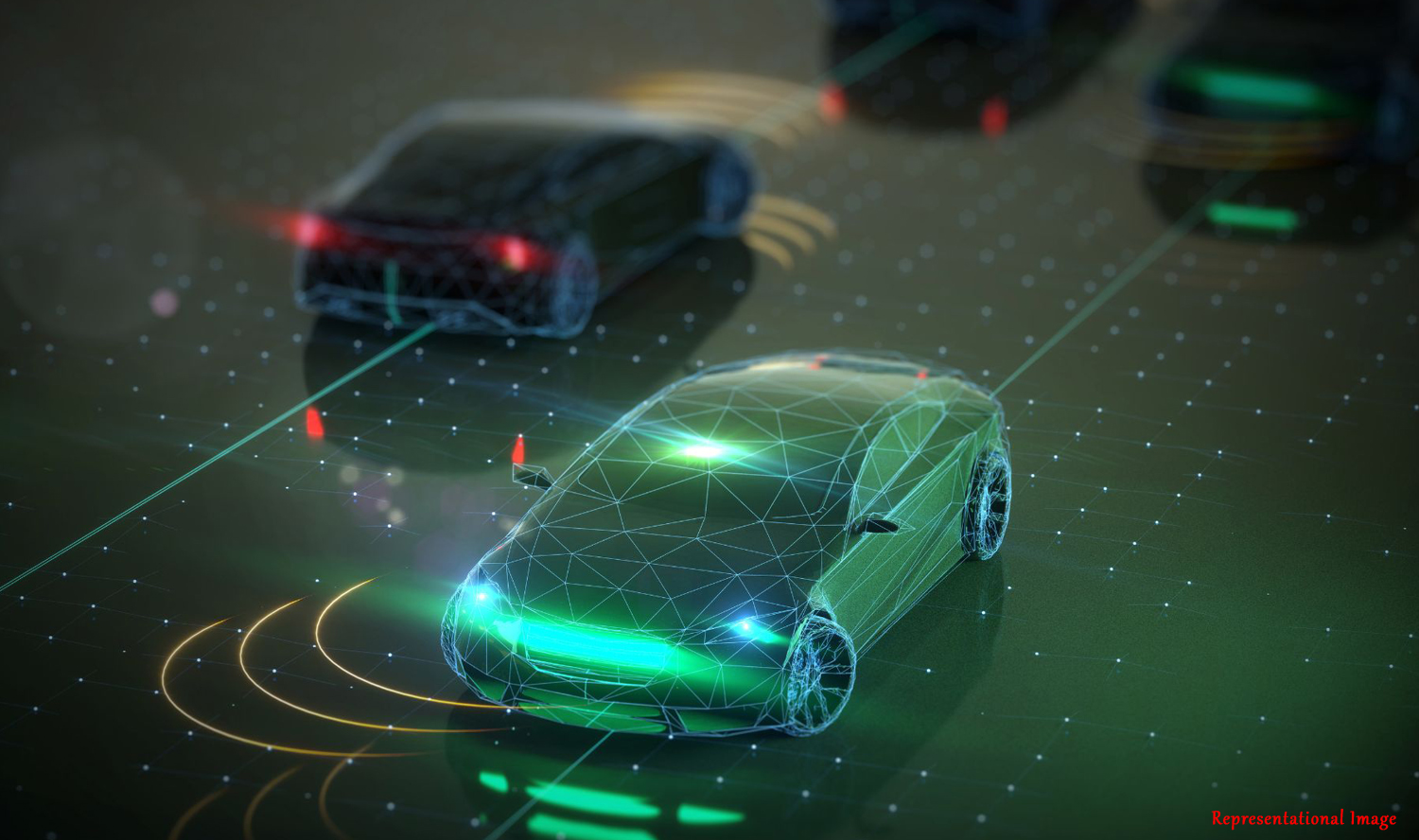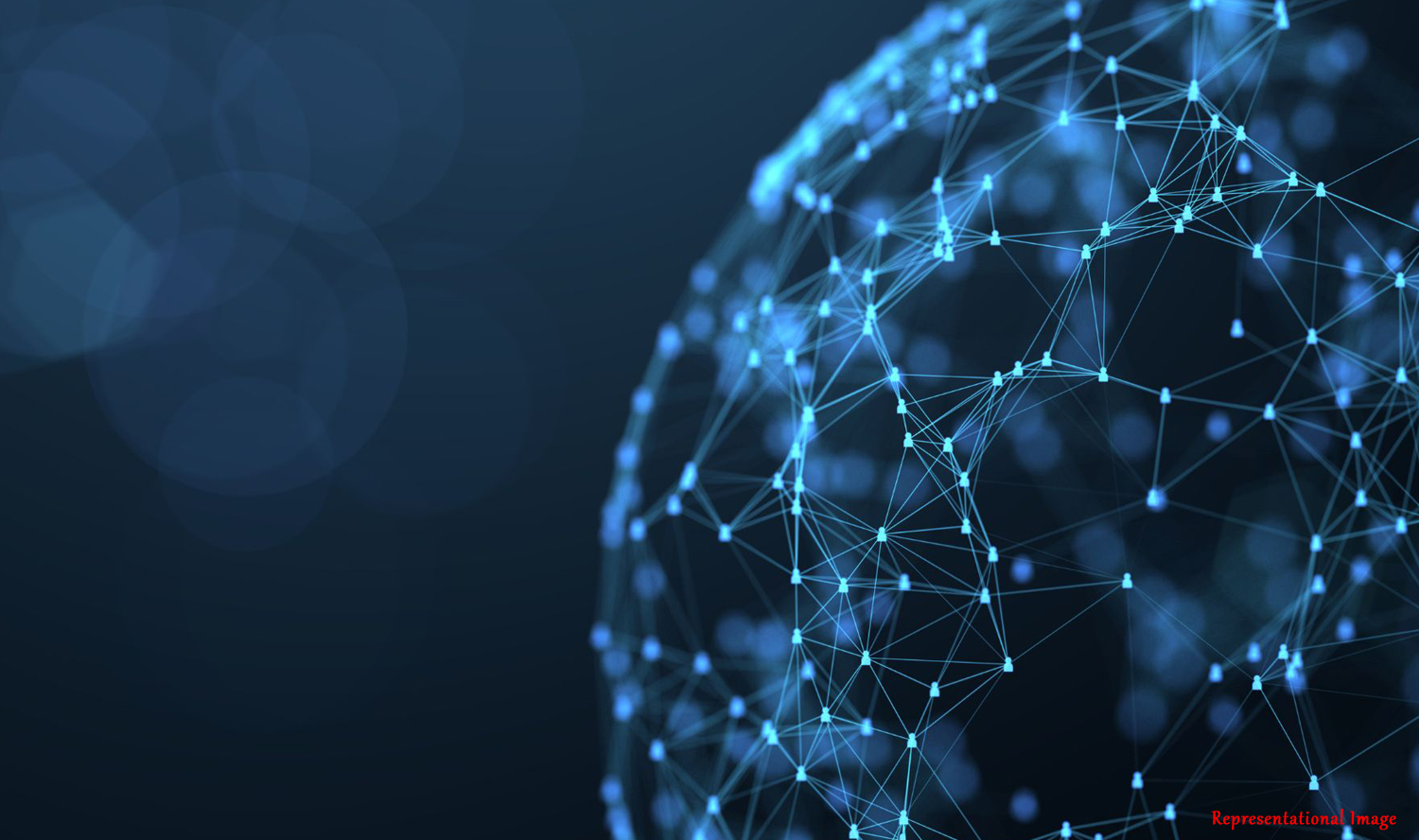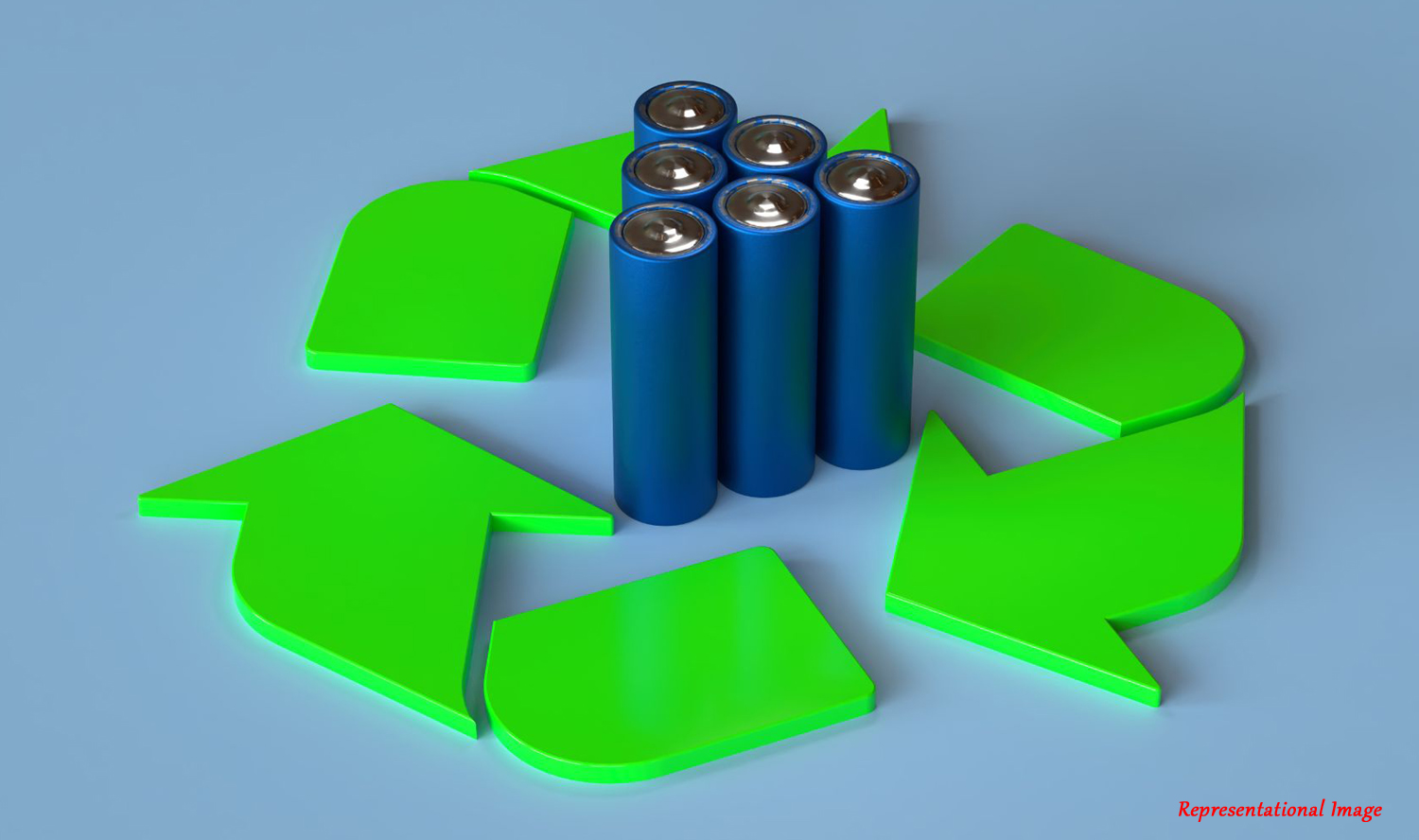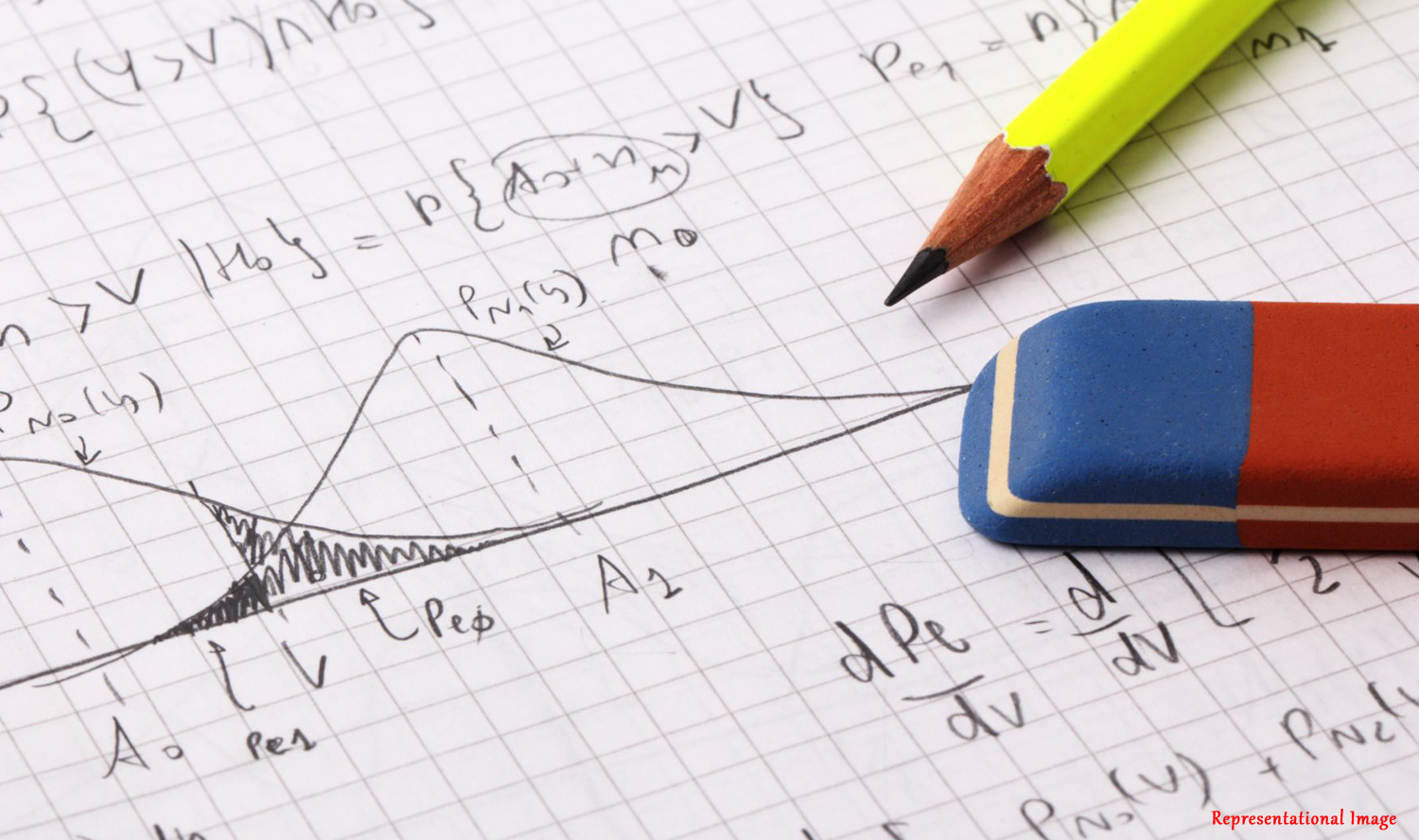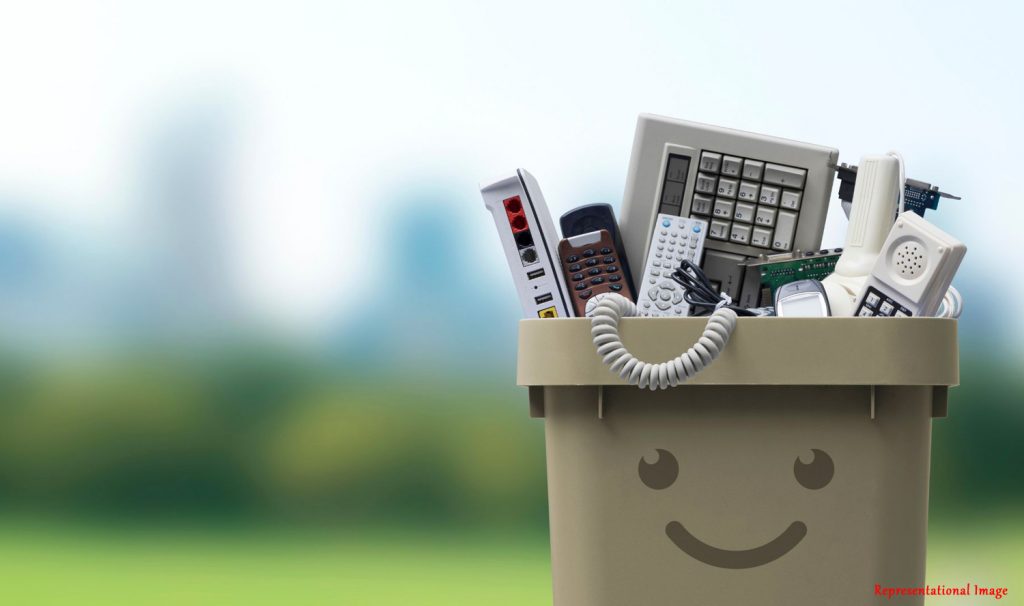
With electric vehicles (EVs) fast becoming popular all over the world, the demand for lithium-ion batteries (LIBs) is skyrocketing. They are also used in portable electronics and hybrid automobiles. It is assumed that the rise in utility of lithium will rise by 300 percent in the coming 15 years globally.
Consequently, with the rise in demand for LIBs, the recycling sector in India is also expected to become a 1 billion USD market by 2030.
In order to recycle these batteries and extract metals including lithium, cobalt, nickel, and manganese, recycling processes such as pyrometallurgy, hydrometallurgy or a combination of them are explored globally. However, these methods either use strong acids or high temperature and costlier organic solvents which make them environmentally non-benign. Therefore, there is a need for a harmless, sustainable, and environment friendly way to extract metals from LIBs
Ionic liquids (ILs) seem to be an answer for an environment friendly, efficient, and harmless way to extract metals from spent LIBs. These liquids have more advantages in extraction over organic solvents because of their properties such as low vapour pressure, negligible toxicity, and they are also eco-friendly.

In this review, the authors Dr. Pratima Meshram, Ms. Richa V. Jaiswal, and Dr. Abhilash from the CSIR-National Metallurgical Laboratory, Jamshedpur, India, and Mr. C. Baiju and Prof. Ramesh L. Gardas from the Department of Chemistry, Indian Institute of Technology Madras, Chennai, India, have reviewed various ionic liquids, and their involvement in the separation of metals from spent lithium and nickel based batteries.
Ionic liquids which are used to extract the metals from spent LIBs can be classified into imidazolium-based, phosphonium-based, fluorinated, non-fluorinated, and task-specific ILs.
Of these, task-specific ILs are considered the best because of their functionality and reaction with a particular metal ion. The cost of ILs is hindering their widespread applicability, which emphasises the need to synthesise recyclable ones, adding to the economic feasibility of processes.
Of all the metals in LIBs, the extraction of cobalt, nickel and lithium are more preferable due to their higher commercial value. Here imidazolium-based ILs are effective in extracting cobalt from chloride media.
Further studies need to be done for efficient extraction/separation of cobalt, nickel and lithium from spent LIBs, and also a detailed study of the advantages/disadvantages of all the ILs mentioned.
It is hoped that ILs will contribute more towards sustainable and environment friendly technologies and processes.
Prof. Tamal Banerjee from the Department of Chemical Engineering, Indian Institute of Technology Guwahati, Assam, India, gave his analysis of the work done by the authors with the following comments: “Due to its heterogeneous composition, discarded rechargeable batteries (LIBs, NiMHs) are difficult to separate for nickel, cobalt, lithium, manganese, zinc, and copper. New cations and anions within new solvents such as Ionic Liquids (IL’s) have gained huge interest. This review discusses the recent development of ionic liquids (ILs) for metal extraction from lithium-ion (LIBs) and nickel-metal hydride batteries (NiMHs), highlighting advances in task-specific variants that enhance efficiency and selectivity, thereby making metal extraction more viable for sustainable battery recycling.”
Article by Akshay Anantharaman
Click here for the original link to the paper



